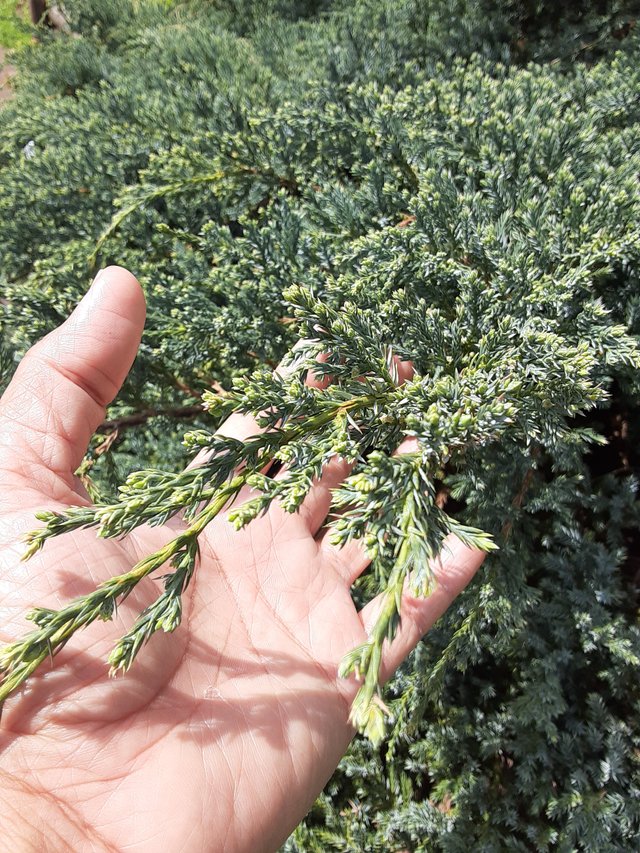
Juniperus squamata, also known as the flaky juniper or creeping juniper, is a stunning evergreen shrub that adds a touch of year-round beauty to landscapes.
Habit and Form:
This versatile plant can take on various forms, ranging from a sprawling groundcover to a more upright, bushy shrub, depending on the specific cultivar. The species itself can grow to be 2–10 meters (6+1⁄2–33 feet) tall, though some cultivated varieties remain much smaller. Its flaky, brown bark adds a touch of rustic charm, and its branches tend to spread horizontally, creating a layered effect.
Leaves:
One of the most captivating features of Juniperus squamata is its foliage. Unlike some junipers with scale-like leaves, Juniperus squamata boasts broad, needle-like leaves. These evergreen beauties are typically 3–9 millimeters (1⁄8–3⁄8 in) long and arranged in whorls of three around the stems. The color of the leaves varies depending on the cultivar, but they often have a captivating blue-green hue with a glaucous (waxy) coating that gives them a silvery sheen. Some varieties even feature a distinctive white stripe running down the center of each needle, adding another layer of visual interest.
Varieties:
Due to its popularity as a landscape plant, Juniperus squamata has numerous cultivated varieties, each offering unique characteristics. Here are a few popular examples:
Blue Star: This dwarf cultivar is prized for its compact, mounded form (typically reaching only 3 feet tall) and its steel-blue foliage with a prominent white stripe.
Blue Carpet: This low-growing variety forms a dense, spreading mat of blue-green foliage, making it an excellent choice for groundcovers or edging.
Holger: This selection features a more upright, bushy habit with soft, blue-green needles that lack the white stripe.
Versatility in the Landscape:
Juniperus squamata's adaptability and diverse forms make it a valuable addition to many landscapes. Here are some ways it can be used:
Foundation Plantings: The lower-growing varieties like Blue Carpet are perfect for adding evergreen interest to the base of buildings.
Rock Gardens: The creeping habit and silvery foliage of Juniperus squamata make it a great choice for softening the edges of rocks and adding texture to rock gardens.
Specimen Plant: The upright varieties can function as attractive focal points in a garden bed.
Bonsai: Due to its small leaves and ability to be trained, Juniperus squamata is a popular choice for bonsai enthusiasts.
With its attractive foliage, interesting growth habits, and low-maintenance needs, Juniperus squamata is a versatile and beautiful addition to any garden.
Ref.:
 |  |
Upvoted! Thank you for supporting witness @jswit.
Downvoting a post can decrease pending rewards and make it less visible. Common reasons:
Submit